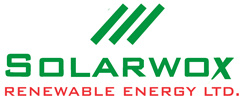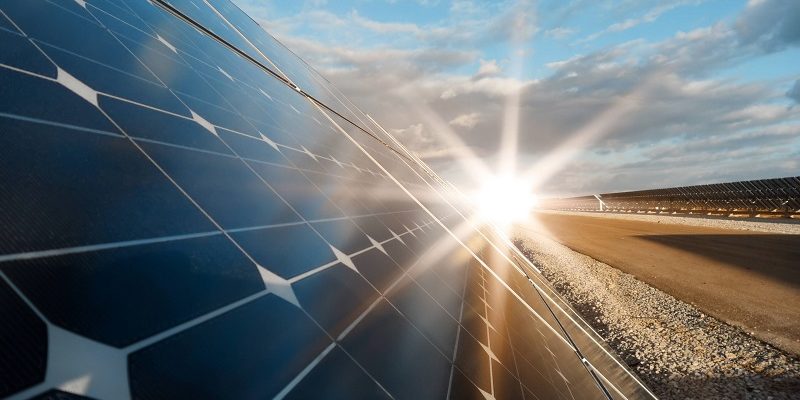Solar radiation is the basis for a surprising range of renewable energies. They are practically infinite. Added to this, solar energies are almost free of any emissions and with only few environment effects or hazards. The result of the solar technologies is a market that only tends to increase. Know more about the importance of solar energy and its differences:
Photovoltaic Energy
This is the only solar technology that is able to convert sunlight directly into electrical energy without complicated intermediate processes and without using mechanical converters that can wear out.
The basic component of every photovoltaic plant is the solar cell. In most cases the solar cell is made of silicon, a semiconductor that is also used for diodes, transistors and computer chips. With the introduction of foreign atoms (doping) a p-n junction is generated in the cell that “installs” an electrical field in the crystal. When the light reaches the solar cell then charge carriers are dissolved out of the crystal bindings and moved by the electrical field to the outer contacts. The result at the contacts of the solar cells is the creation of a voltage of approximately 0.5 V.
In order to achieve a usable voltage in the region of 20 – 50 V, many cells are switched together in series in a solar module. This is called photovoltaic effect.
Besides, the solar cells in the modules are mechanically protected and sealed against environmental influences, making the solar energy system lasts over twenty-five years.
Several solar modules are switched in series into a string and connected to an inverter. The inverter converts the direct current delivered by the modules (DC) into alternate current (AC), generating usable electricity for all electrical equipment.
Concentrated Solar Power and Solar Thermal Energy
CSP systems use lenses or mirrors and tracking systems to focus a large area of sunlight into a small beam of radiation, in order to drive generators for production of energy, such as thermal and electric.
Differently of the flat plate photovoltaics (Solar PV Systems), this system needs high quality of the solar power reaching the Earth, not being able to use radiation that has been diffused by clouds or dust.
Parabolic mirrors produce a linear focus on a tube that receive the parabola’s focal line. The complete assembly of the mirrors plus the receiver is mounted on a structure that tracks the daily sun movement. The most deployed CSP technology is the one that collect solar thermal energy via oil heat transfer fluid and receiver tubes.
This system is also used to warm water.
Off-Grid Systems
Photovoltaic off-grid systems are typically used when there is no electric grid or the costs for connecting to a grid are too high. Rural, remote places and some developing countries are the main consumers of this type of solar energy production.
In this case, an important element is the storage, which in most cases is a lead or lithium battery. The battery is feed by the module over a charge controller and makes the power available for the DC consumer. An additional standalone inverter is provided in the case of AC consumers. DC loads, for instance, are energy saving lamps, radios or also water pumps.
The battery is protected from overloading by a charge controller. Damage is prevented by means of a special deep-discharge protection in which the load is uncoupled in case the voltage falls below a critical level, which could harm the solar energy storage and system.






EXCELLENT
Hello
I am interested to know more about your product and the prices.
Thanks
Charles